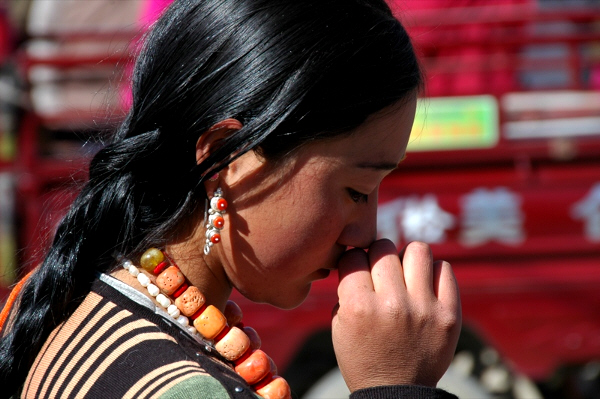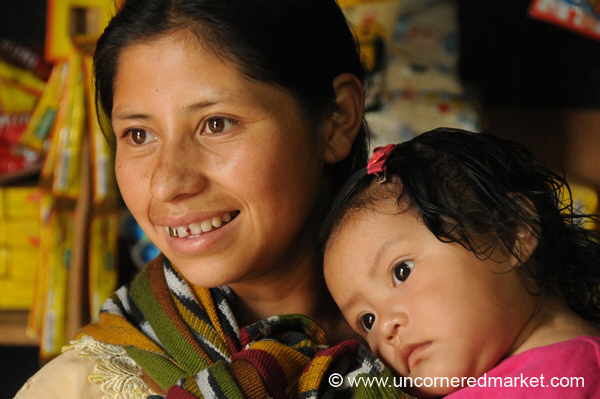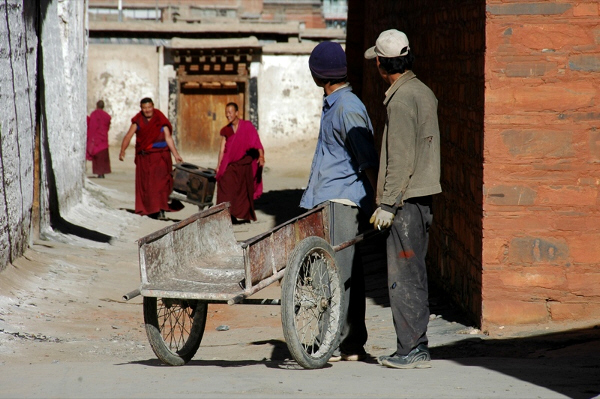
All photos courtesy of Uncornered Market
THE DYNAMIC DUO behind the popular Uncornered Market brand, Audrey Scott and Daniel Noll’s photography has appeared on AOL Travel, Huffington Post, and BBC’s Your Portfolio, and they’ve worked as photojournalists with Kiva and Five Talents International, documenting their microfinance projects in Asia and South America.
MatadorU faculty and travel photographer Lola Akinmade chatted with the nomadic couple to learn more about their documentary style of photography.




